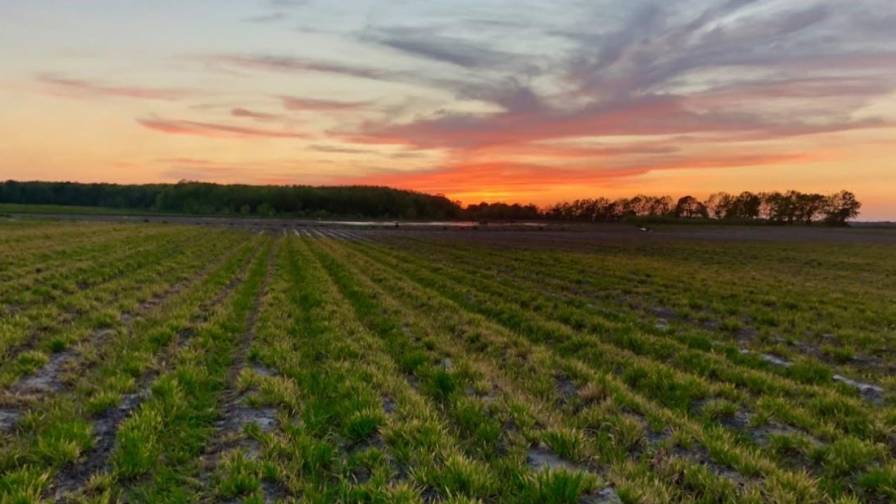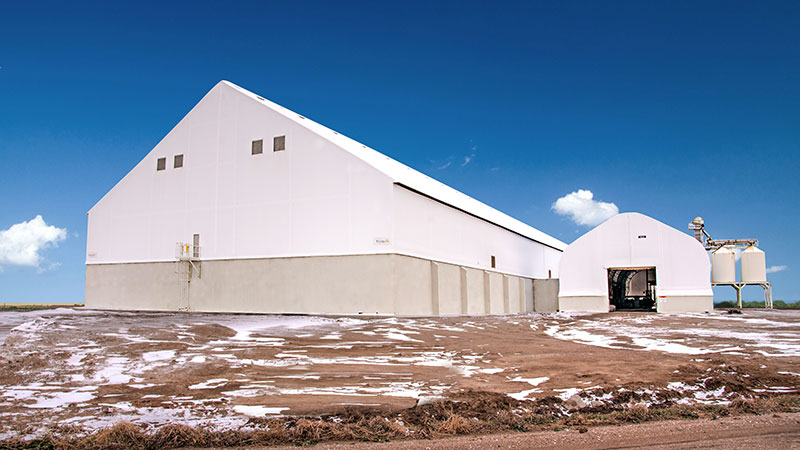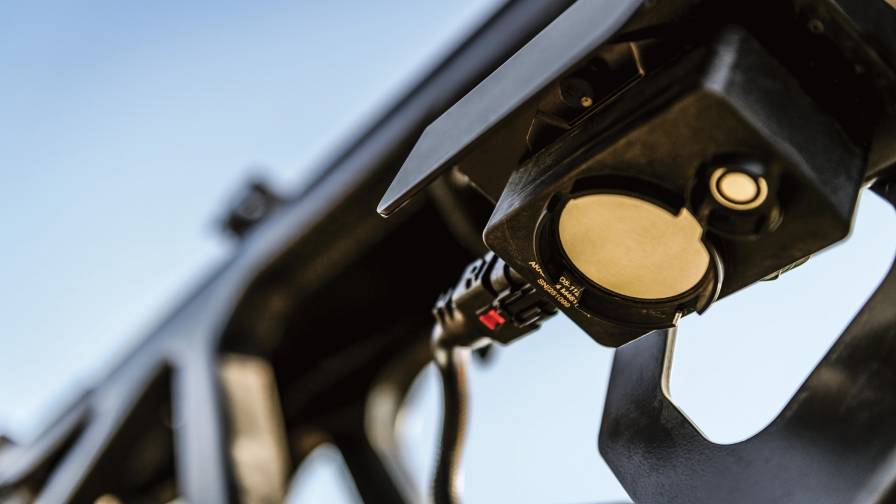Seed And The Top 100: A Momentary Lapse?
For the past decade, the CropLife 100 story for the seed category has been pretty steady. While other crop input categories such as fertilizer and crop protection products typically recorded market ups and downs depending upon prices and overall trends, seed remained on a consistent growth curve. Indeed, from a market share low of 8% beginning in 2000, the seed category expanded to capture a 15% market share at the end of 2010. Sales for this year topped $3 billion within the CropLife 100 and the future looked equally as bright.
“Seed has done exceptionally well for us over the years,” says Scott Firlus, agronomy manager at Wisconsin River Coop, Adams, WI. “But that makes sense because for the grower, all of their other buying decisions start with what kind of seed they plan to plant for that calendar year.”
However, things haven’t gone quite according to the script this year. When the final numbers were tallied for the 2011 CropLife 100, the seed category had again experienced a healthy 13% increase from the prior year — same as always. But what was different was the fact that this rate of growth wasn’t on par with that for fertilizer or the total marketplace. In the end, the seed category recorded its first-ever market share decline in the 21st century, down 1% to 14%.
Previous Relationships
So why has the seed category, the former poster child for CropLife 100 reliable market share growth, seen its fortunes reverse? For one thing, according to Wade Blowers, COO for Hamilton Farm Bureau, Hamilton, MI, many grower-customers still rely on independent seed sales representatives, not ag retailers, for their seed needs. “Compared with fertilizer and crop protection products, there is still a great deal of competition out there for seed dollars,” says Blowers. “Many of these reps have long-standing relationships with the growers, and the growers are reluctant to go without them.”
In general, CropLife 100 retailers agree with Blowers’ assessment. When our magazine’s 2011 survey asked respondents to agree or disagree with the statement “Growers are still very attached to the traditional grower-seedsman in the areas I serve,” 41% wrote that this was a true statement. Only 29% indicated they thought was no longer the case in their markets.
Another factor that might be working against the seed category is the significant cost difference between biotech and traditional seed types. For many years during the early 2000s, biotech seed growth among CropLife 100 retailers was regularly the leading percentage gainer year-over-year. In fact, annual 1% to more than 5% growth for this sub-category was often reported by better than 90% of CropLife 100 respondents, and biotech seed normally led all other sub-categories in percentage increases.
But this impressive streak ended recently. In fact, according to the 2010 CropLife 100 survey, only 68% of respondents had biotech seed percentage growth of 1% to more than 5%. In 2011, this improved slightly to 72%, but that’s still a far cry from the sub-category’s 90% heyday.
Why is this happening? Most retailers CropLife talked with are unsure, but at least one has a possible theory. “Some of the growers I’ve talked with feel that the cost of biotech seed is just too high,” says Harlan Asmus, president of Asmus Farm Supply, Rake, IA. “This group has discovered that, with good application practices and proper field management, lower cost traditional seed has provided yields that are just as high as they would get from using biotech seed.”
Better Days Ahead
Despite these drawbacks, most ag retailers believe the future for the seed category will not alter from its historic growth model. “In 2011, you had a monster sales year for things like crop nutrients and that probably pushed everything else into the background,” says Wisconsin River Coop’s Firlus. “But seed will keep growing, especially with all the new kinds getting ready to come onto the market in the next few years.”
Furthermore, this increasingly complex seed trait picture bodes well for knowledgeable ag retailers. In fact, when 2011 CropLife 100 retailers were asked if the “increasing complexity of choosing biotech seed had led more growers to consult with me about seed-related decisions,” 62% wrote that this was indeed the case.
The other major reason the seed category could recover some lost market share in 2012 ties to planting intentions. According to 61% of CropLife 100 retailers, the corn acreage among their grower-customers next year could increase anywhere from 1% to 9%. Twelve percent predict an even bigger increase, in the range of 10%.
“And generally speaking, whenever corn acres are up, all crop input sales tend to follow suit,” says Hamilton Farm Bureau’s Blowers. “But this is especially true for seed.”






